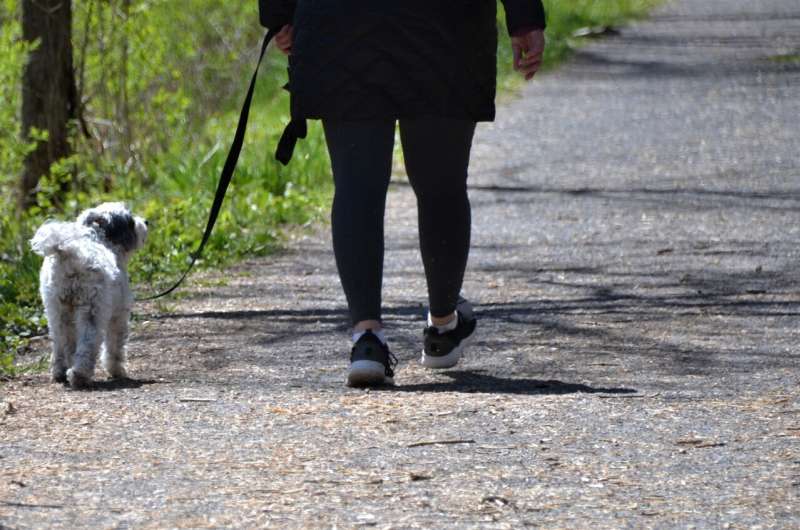Extended Walking Duration Associated with Reduced Risk of Chronic Low Back Pain

Extending daily walking duration beyond 100 minutes may significantly lower the risk of developing chronic low back pain, according to recent research. Incorporate more walking into your routine for better spine health.
Recent research conducted by scientists at the Norwegian University of Science and Technology indicates that engaging in longer daily walks can significantly lower the risk of developing chronic low back pain (LBP). The study found that adults who walked more than 100 minutes each day experienced a 23% reduction in the likelihood of suffering from persistent back pain. This condition, which affects individuals across all age groups, accounts for approximately 7.7% of global disability years and is among the most costly chronic health issues, especially in the United States where back pain incurs substantial healthcare expenses.
Walking remains one of the most accessible and cost-effective forms of exercise. While current health guidelines recommend maintaining regular physical activity for managing chronic low back pain, they do not specify target durations or frequencies for walking. The recent study, titled "Volume and Intensity of Walking and Risk of Chronic Low Back Pain," published in JAMA Network Open, examined whether the amount and intensity of walking are linked to the risk of developing chronic LBP.
The prospective cohort study included 11,194 adults over the age of 20 without baseline chronic low back pain, recruited from the Trøndelag Health Study between 2017 and 2019, with follow-up assessments conducted between 2021 and 2023. Participants wore tri-axial AX3 accelerometers for one week to objectively measure daily walking activity and intensity. Follow-up surveys assessed the presence of chronic low back pain—defined as pain lasting three months or longer during the past year.
Findings demonstrated that those who walked between 101 and 124 minutes daily had a 23% lower risk of developing chronic low back pain, with a risk ratio of 0.77 (95% confidence interval, 0.68–0.87). Participants walking 125 minutes or more daily showed an even slightly reduced risk, with a risk ratio of 0.76 (95% CI, 0.67–0.87). Elevated walking intensity was also associated with a decreased likelihood of chronic low back pain. The research suggests that increasing walking volume, regardless of the intensity, could be an effective public health strategy to prevent or reduce the progression of chronic back pain.
This evidence supports the importance of promoting longer walking durations within daily routines as a preventive measure against chronic low back pain. Walking is simple, inexpensive, and easily integrated into daily life, making it a practical recommendation for health initiatives aimed at reducing the global burden of back pain.
Source: https://medicalxpress.com/news/2025-06-longer-linked-chronic-pain.html
Stay Updated with Mia's Feed
Get the latest health & wellness insights delivered straight to your inbox.
Related Articles
New Invasive Tick Species in Connecticut Found to Carry Potentially Deadly Bacteria
A new invasive tick species in Connecticut has been found to carry bacteria that can cause deadly ehrlichiosis, raising health concerns as its spread accelerates. Learn about the risks and the tick’s reproductive capabilities.
Racial Disparities in Pain Management and Future Opioid Misuse Risks in Emergency Departments
A groundbreaking study reveals racial disparities in emergency department pain treatment, linking unmet patient preferences to increased future opioid misuse, especially among Black patients. Ensuring equitable pain management may help reduce opioid-related harms.
Research Confirms Daily Aspirin Offers No Long-Term Heart Disease Prevention in Older Adults
Recent research confirms that daily low-dose aspirin provides no long-term cardiovascular protection for healthy older adults and increases bleeding risks, suggesting a reevaluation of its use for primary prevention.
New Insights into Vagus Nerve Cells as Shields Against Influenza-Induced Lung Damage
New research uncovers the protective role of vagus nerve cells in reducing lung inflammation during influenza infections, opening new avenues for immune-modulating therapies.



